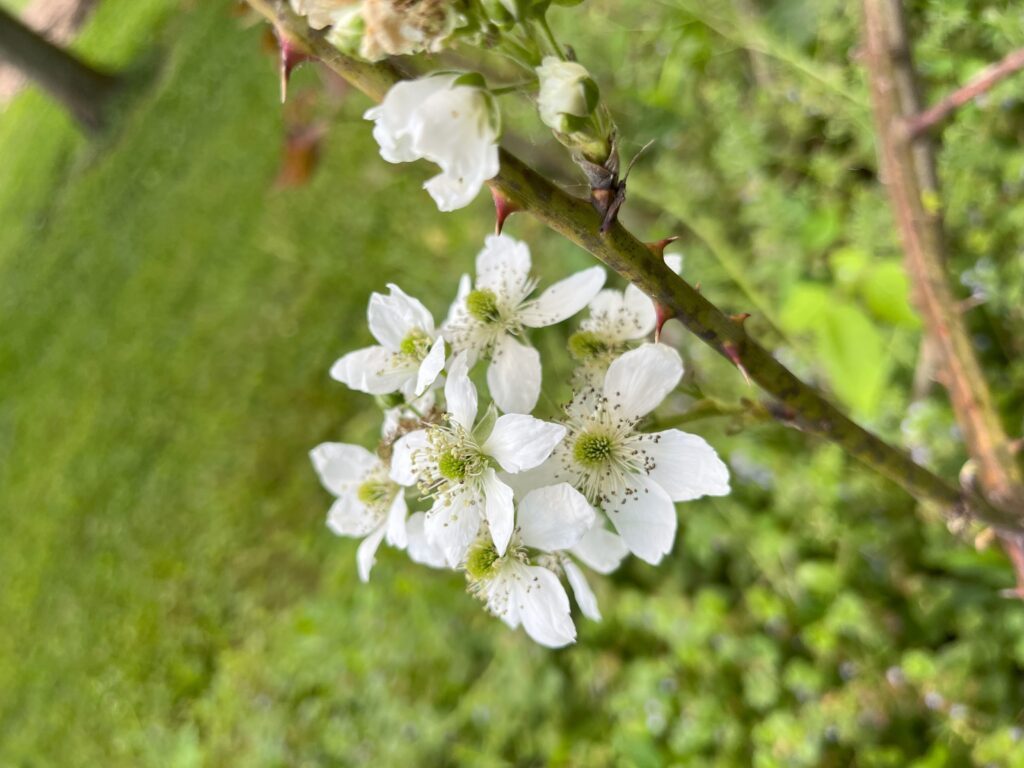1. Introduction
Tucker Drive Park is located East of the Olentangy River and runs alongside the Olentangy bike trial. It consists of a long, narrow strip of open fields with segments of undisturbed foliage. Much of the area around the foliage has been mowed or cleared to allow for easy walking access. Many large flowering and herbaceous plants grow within the segments, along with a few very large trees and many medium-sized ones. Much of the plant life in this park isn’t shielded from the sun due to a lack of many high-growing trees with a few exceptions. Below is a map of this site.

Tucker Drive Park
Among the various plant life at this park, I was able to find and identify some poison ivy growing on a tree. Poison ivy has trifoliolate leaflets (not leaves) and attaches to the tree via small root-like appendages that anchor the vine from which it grows. The oils that cause a rash are located on the leaflets, so touching them is highly discouraged!


2. Flowers and Inflorescences
Ground Ivy (Glechoma hederacea)
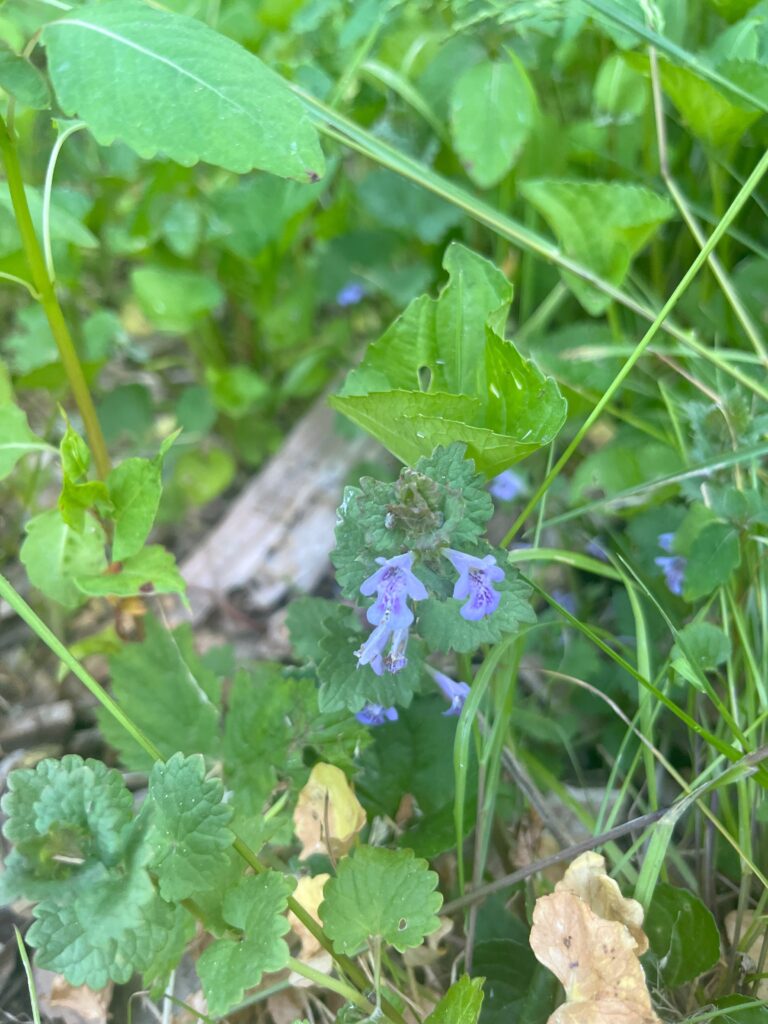
Ground ivy is a member of the mint family and has bilateral symmetry of parts. The 5 petals of this flower are fused into two lips, with the bottom 2 petals having a bilobed appearance and the top three being much smaller. It also has 5 fused sepals at the base of the corolla tube. The flower type is hypogynous with a superior ovary and has a syncarpous gynoecium type. I found this flower growing close to the ground on the edge of an open lawn. Its flowers grow in spikes that are attached near the leaf on the stem of the plant. It produces fruits of small black nutlets.
Daisy Fleabane (Erigeron annuus)
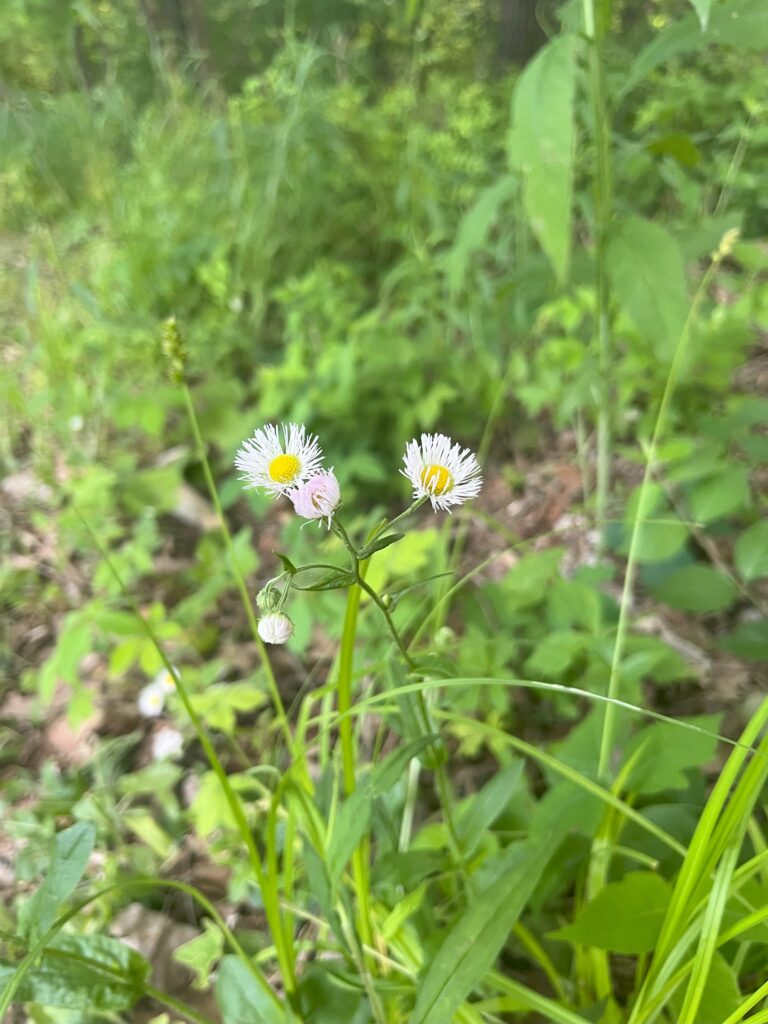
The daisy fleabane has flowers that are radially symmetric and have many (more than 40) rays. The petals are separate and the whole flower is a conglomerate of many smaller individual flowers forming a head. The ovary of this flower is hypogynous with the floral parts situated below. The gynoecium type is apocarpous, and this plant was found near other grasses.
Dame’s Rocket (Hesperis matronalis)
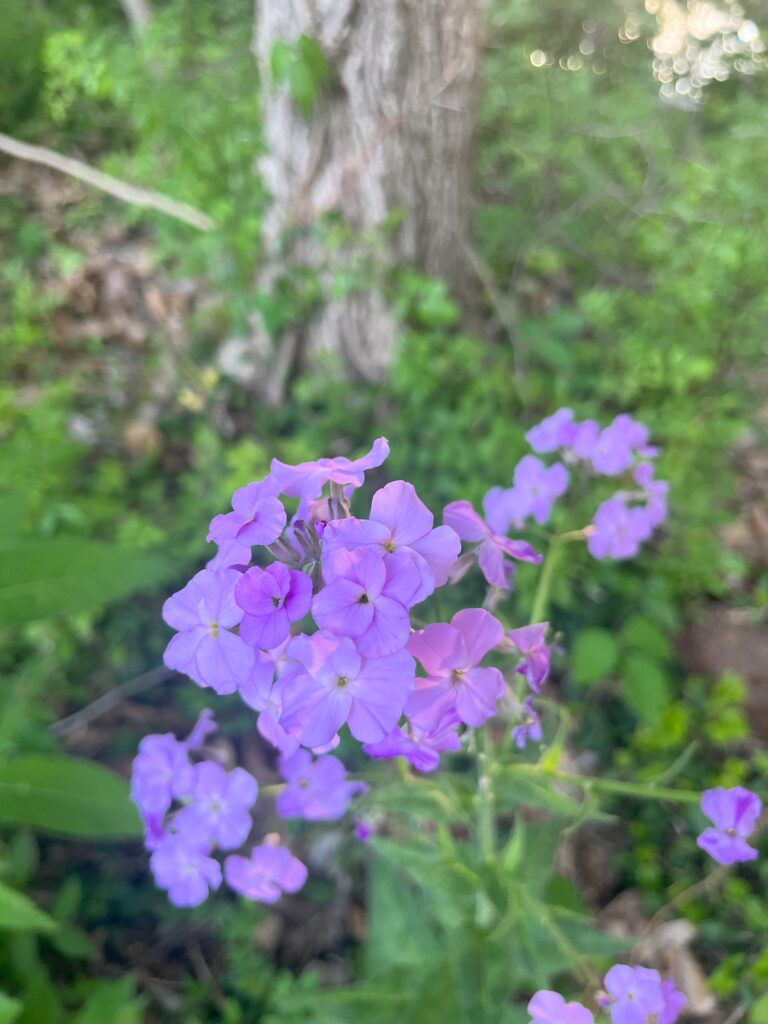
The Dame’s Rocket is a part of the mustard family, and its flowers have 4 separate petals arranged in a raceme. It is actinomorphic and its style and stamen are hidden within the corolla tube. The flower is perigynous given its cup-shaped corolla tube, and has a single syncarpous gynoecium within.
Cow Parsnip (Heracleum maximum)
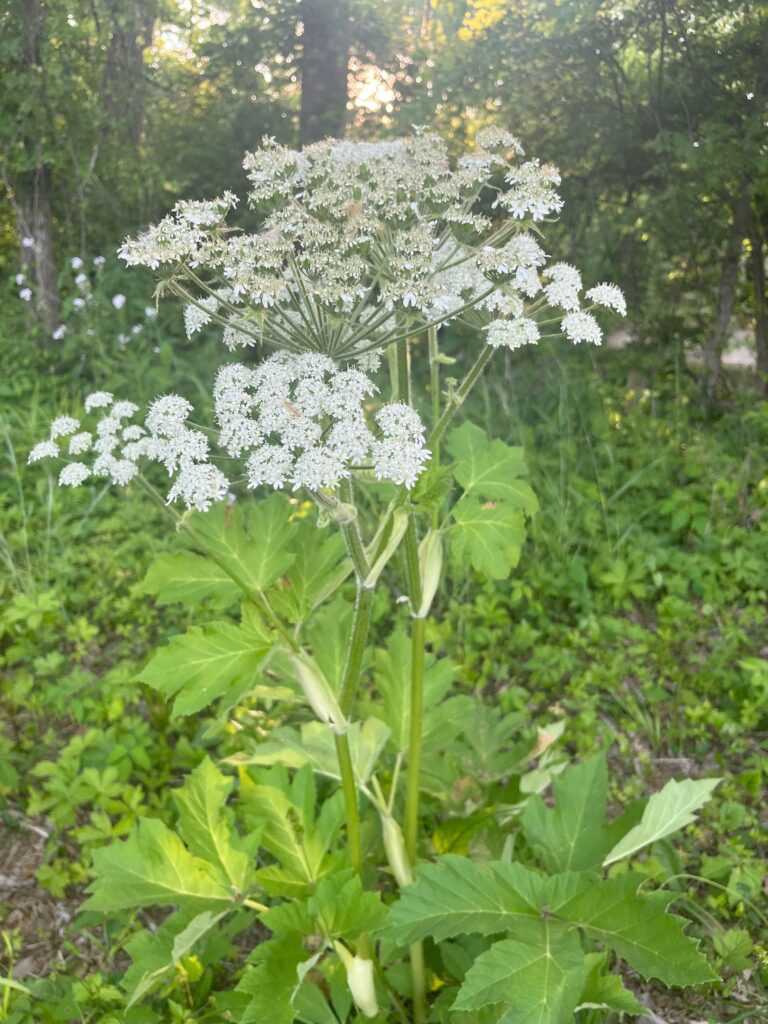
This cow parsnip was almost as tall as me, sticking out from low-growing plants. Its small white flowers are arranged in an umbel and have 5 regular parts. Its symmetry is radial and the flowers are epigynous. Its gynoecium type is syncarpous and produces a small brown fruit that splits into 2 seeds when mature.
3. Invasive Plants
Multiflora Rose (Rosa multiflora)
This invasive plant was introduced from Japan, Korea, and eastern China into America and has a wide range of habitats. It generally prefers soils that are well-drained and sunny or partially shaded areas but can grow in many areas including forest edges and plain fields. Removing this invasive plant requires digging it up along with the roots to prevent it from growing back. (Ohio Invasive Plants Council)
Amur Honeysuckle (Lonicera maackii)
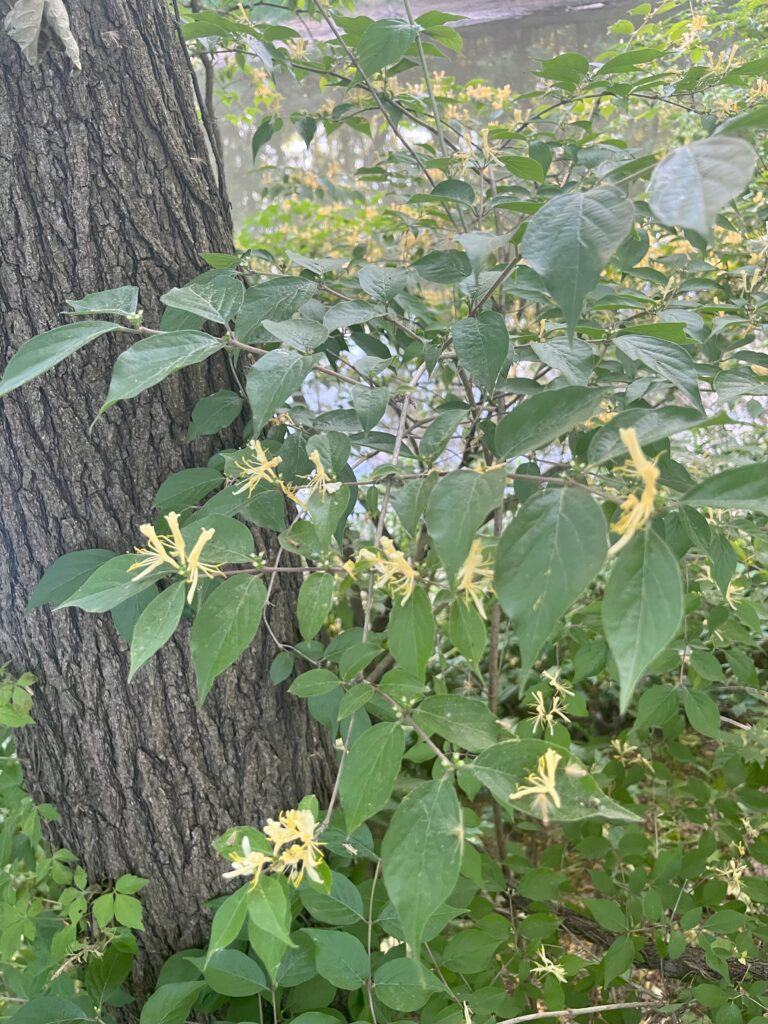
This invasive species of honeysuckle originated from China, far eastern Russia, Korea, and Japan. These plants generally grow within or on the edges of forests and thrive in areas that have been grazed or disturbed, and prefer limestone-based soils. Removal of this plant generally requires cutting it down to ground level every year, but not to disturb the soil too much. (Ohio Invasive Plants Council)
Garlic Mustard (Alliaria petiolata)
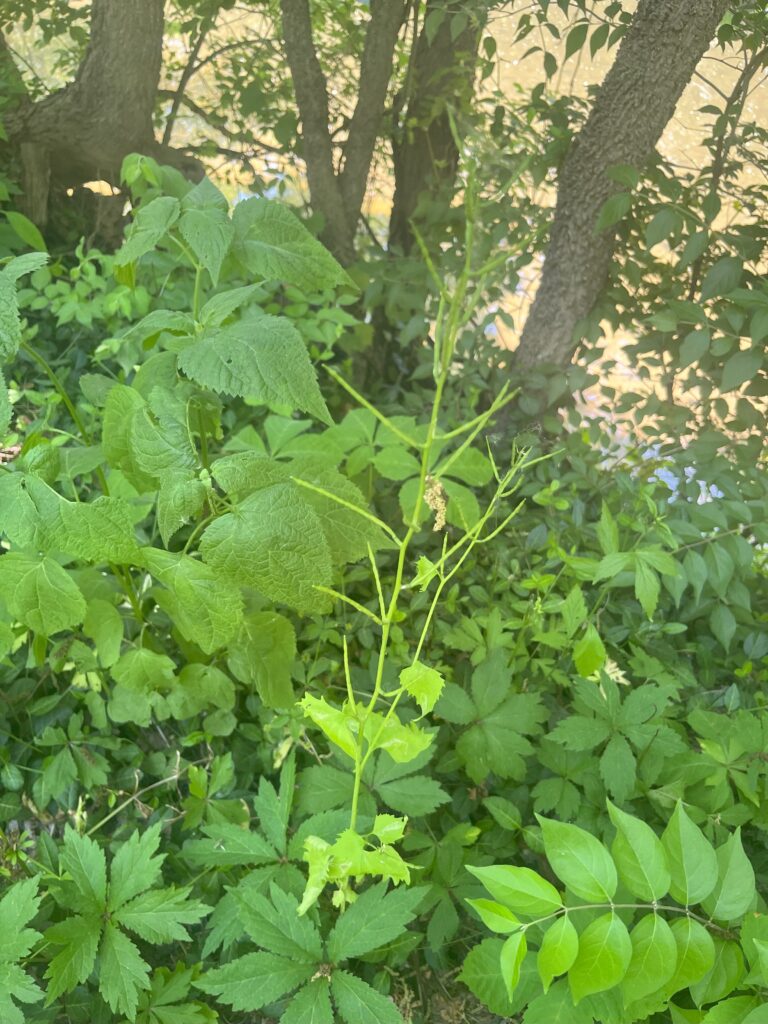
Garlic Mustard is present all over Ohio and was originally brought over from Europe for medicinal use. It generally prefers some shade and grows along forest edges and on the side of roads or paths. Mechanical removal of this plant requires that the roots are removed along with it. The use of chemical herbicides is effective but may be harmful to other nearby plants.
Yellow Sweet Clover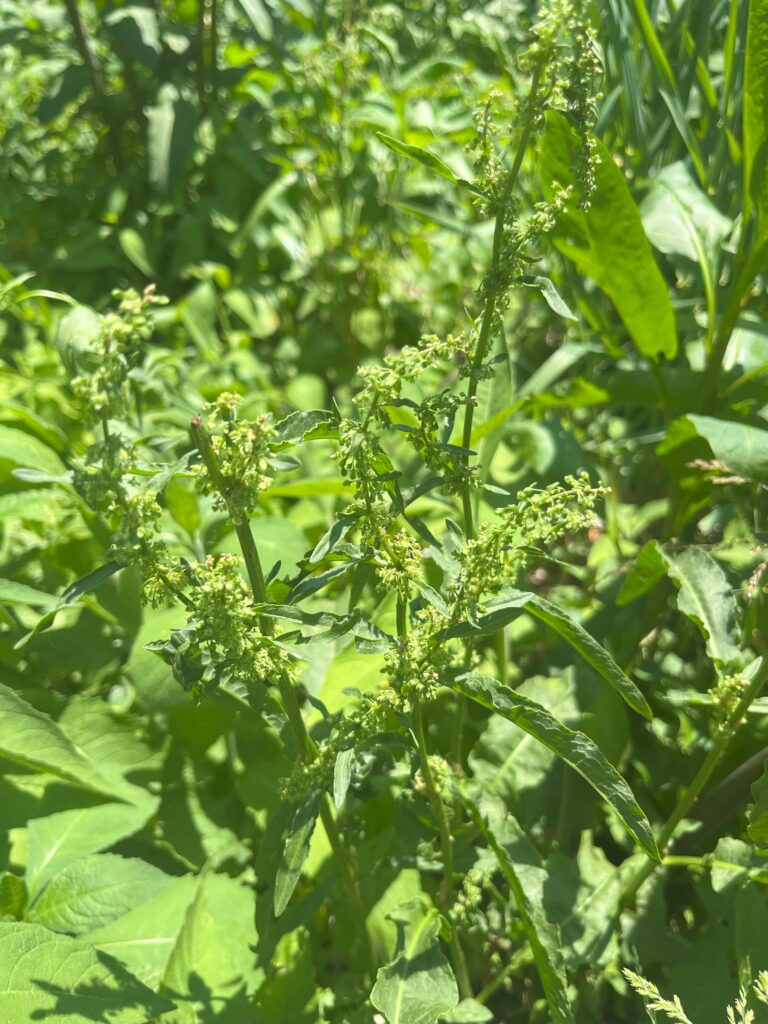
The invasive clover species are native to the Mediterranean, Europe, and Asia and were brought to America by early settlers. They grow in disturbed open areas such as plowed fields or roadsides. Removal by hand is most effective when the plants are young and their root systems aren’t as large.
4. Woody Plant Fruits Identification
Ohio Buckeye (Aesculus glabra)

The fruit of the Ohio buckeye is of course… a buckeye! The buckeye of this tree can be distinguished from the sweet buckeye by the weak spines that cover the surface of the fruit. Sweet buckeyes are generally smooth.
American Crabapple (Pyrus coronaria)
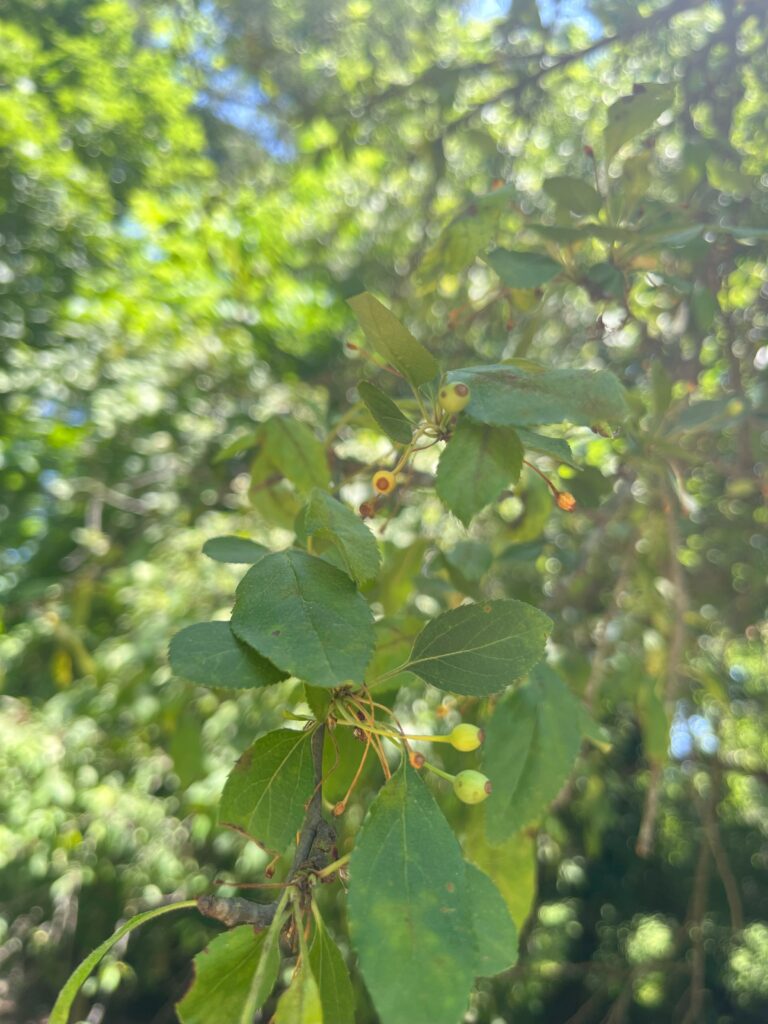
The fruit of the crabapple tree are smaller versions of apples, which makes them a pome. They are a light green color, and they grow on trees that are very similar to the American plum tree, although the plum trees’ fruits are much darker.
Sycamore (Platanus occidentalis)

The sycamore tree produces these round fruits that are actually a collection of samaras, or winged achenes. These winged seeds allow for wind dispersal.
Silver Maple (Acer saccharinum)
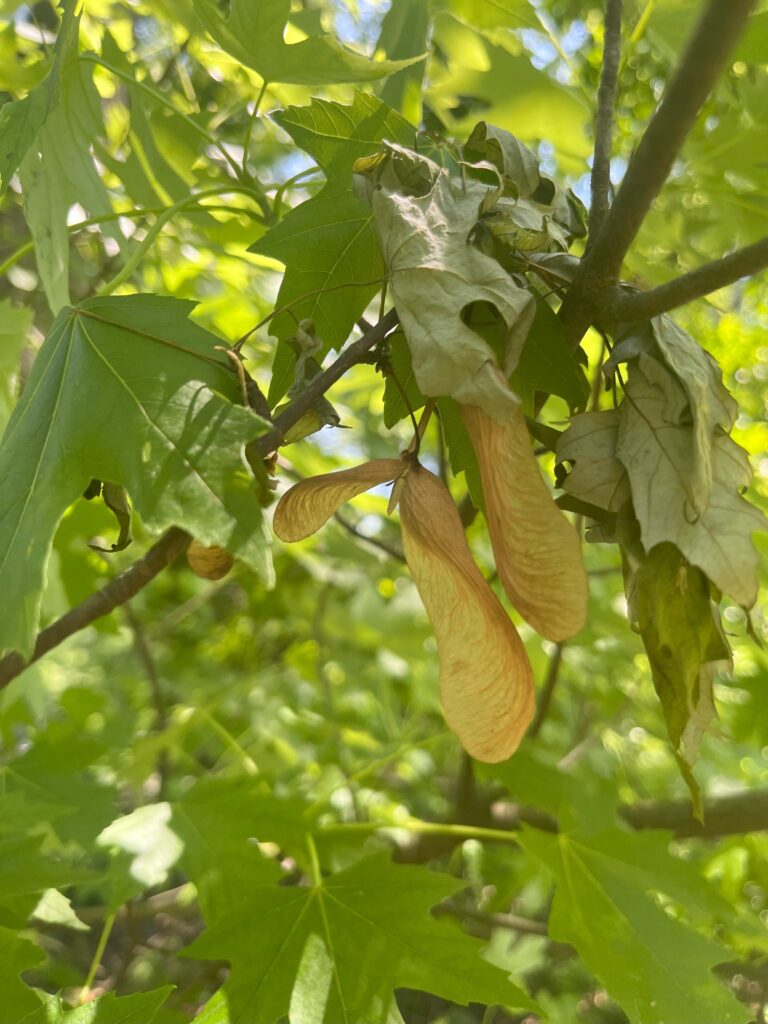
The silver maple also produces fruits that are samaras, generally in groups of two. They differ from other maple species in that their samaras are the largest, and generally are wider.
5. Mosses and Lichens
Common greenshield, Flavoparmelia caperata

Star Rosette Lichen, Physcia stellaris


